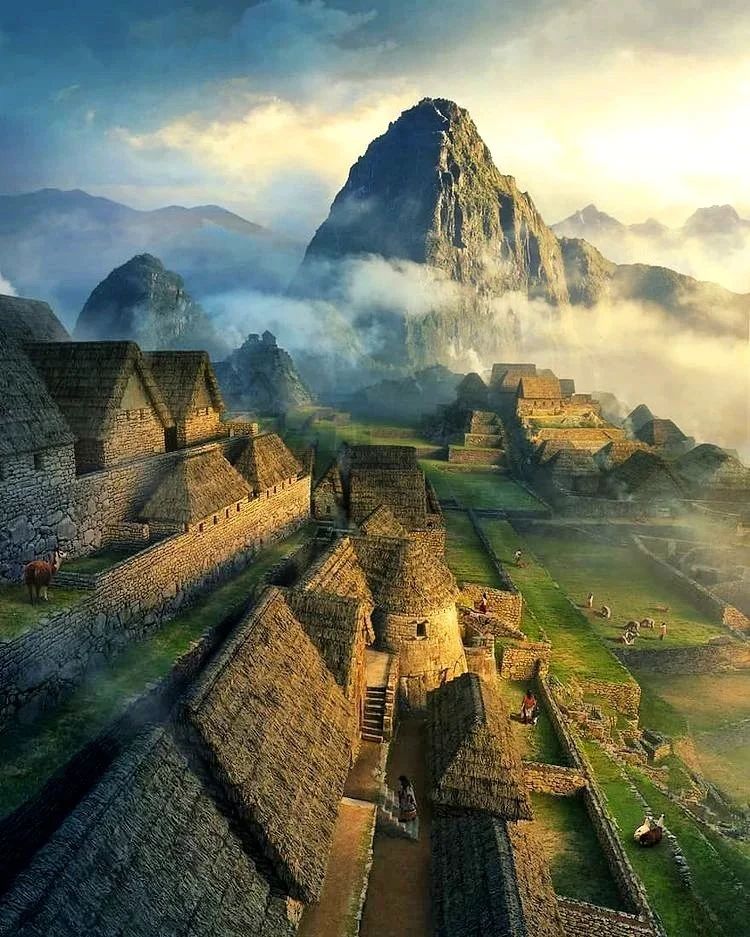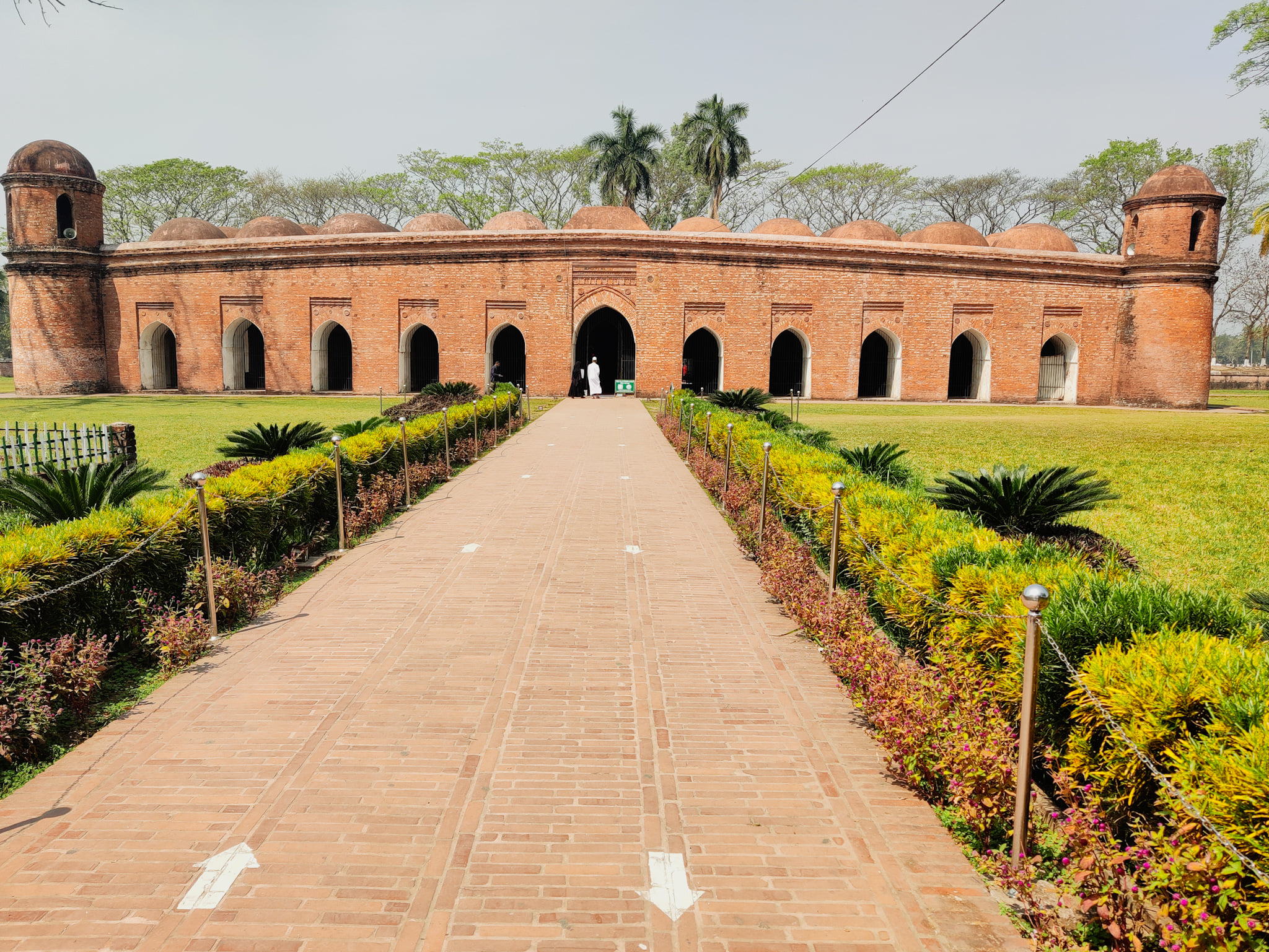Machu Picchu, the awe-inspiring 15th-century Inca citadel nestled in the Eastern Cordillera of southern Peru. Often hailed as the “Lost City of the Incas,” Machu Picchu stands as the most recognizable icon of the Inca Empire, captivating visitors with its rich history, breathtaking vistas, and enigmatic ruins.
Discovering Machu Picchu:
Located on a 2,430-meter mountain ridge within the Machupicchu District of Urubamba Province, Machu Picchu overlooks the majestic Sacred Valley, a mere 80 kilometers northwest of Cusco. The site’s name, derived from the Quechua language, translates to “old mountain,” reflecting its ancient origins and significance.
Unraveling its History:
Constructed in the classical Inca style with meticulously crafted polished dry-stone walls, Machu Picchu’s primary structures include the Intihuatana, the Temple of the Sun, and the Temple of the Three Windows. While modern archaeologists speculate that Machu Picchu served as an estate for the Inca emperor Pachacuti, its exact purpose and name during the Inca era remain subjects of debate and discovery.
Preserving Machu Picchu’s Legacy:
Declared a Peruvian Historic Sanctuary in 1982 and a UNESCO World Heritage Site in 1983, Machu Picchu’s historical and cultural significance is recognized globally. Efforts to preserve and restore the site continue, ensuring that future generations can explore and appreciate its wonders.
Ancient Life at Machu Picchu:
During its heyday, Machu Picchu was home to approximately 750 people, including support staff, religious specialists, and temporary workers. Skeletal remains suggest a diverse population with varied backgrounds and diets, supported by terraced farming practices that transformed the mountain’s slopes into fertile agricultural lands.
Encounters with Westerners:
The arrival of Spanish conquistadors in the 16th century marked the end of Machu Picchu’s active use by the Inca civilization. However, its rediscovery in 1911 by American historian and explorer Hiram Bingham reignited global interest in the site, leading to extensive research and exploration.
Exploring the Surrounding Area:
Beyond its historical significance, Machu Picchu is a biodiversity hotspot, home to diverse flora and fauna endemic to the Peruvian Yungas and Central Andean wet puna ecoregions. Visitors can encounter Andean foxes, pumas, spectacled bears, and over 420 bird species, including the iconic Andean condor.
Conclusion:
Machu Picchu stands as a testament to the ingenuity, creativity, and resilience of the ancient Inca civilization. As we continue to unravel its mysteries and preserve its legacy, Machu Picchu invites adventurers and historians alike to embark on a journey of discovery and wonder amidst the breathtaking landscapes of Peru’s Andean highlands.
Join us on an unforgettable expedition to Machu Picchu, where history, culture, and natural beauty converge in a timeless spectacle of human achievement.




